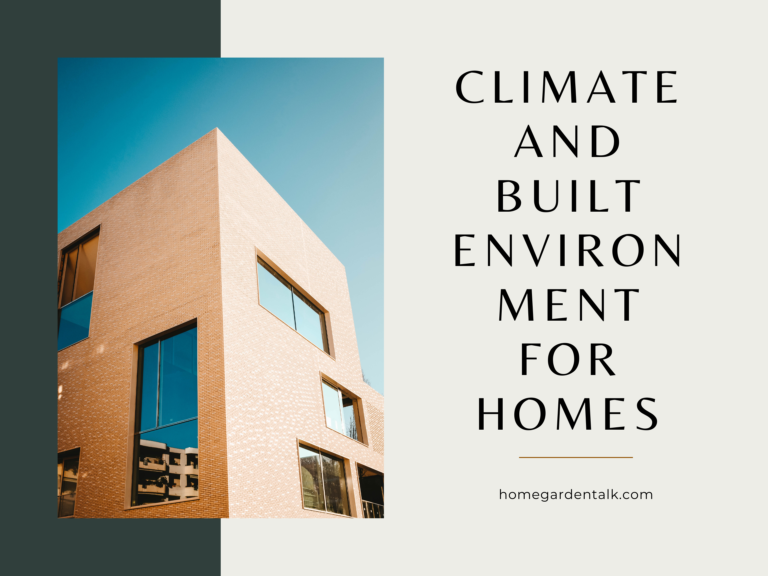OBJECTIVES
- To introduce climate and concept of human comfort.
- To inform about the effects of sky and sun on the earth and building.
- To inform about the effects of wind and air with respect to siting and design of buildings.
- To inform about principles of day lighting in architecture.
- To understand architecture as a response to environment in totality, including climate, sun, sky, wind, lighting, vegetation, microclimate.
BUILDING RESPONSE TO SUN AND SKY
- Movement of sun. Locating the position of sun. Sun path diagram. Azimuth and altitude angles. Overheated period. Solar shading. Shadow angles. Exercise in the design of shading devices through models/ calculations/ drawings/ software.
- Concepts and principles of daylight in buildings- transmission, reflection, glare, daylight factor, room proportion, opening size and distribution.
AIR MOVEMENT AND BUILDINGS
- The wind. The effects of topography on wind patterns. Air currents around building. Air movement through buildings. The use of fans. Thermally induced air currents – Stack effect, Venturi effect, scoop, court yards.
- Exercise exploring air movement in architecture with physical models. Demonstration of simulationthrough software.

